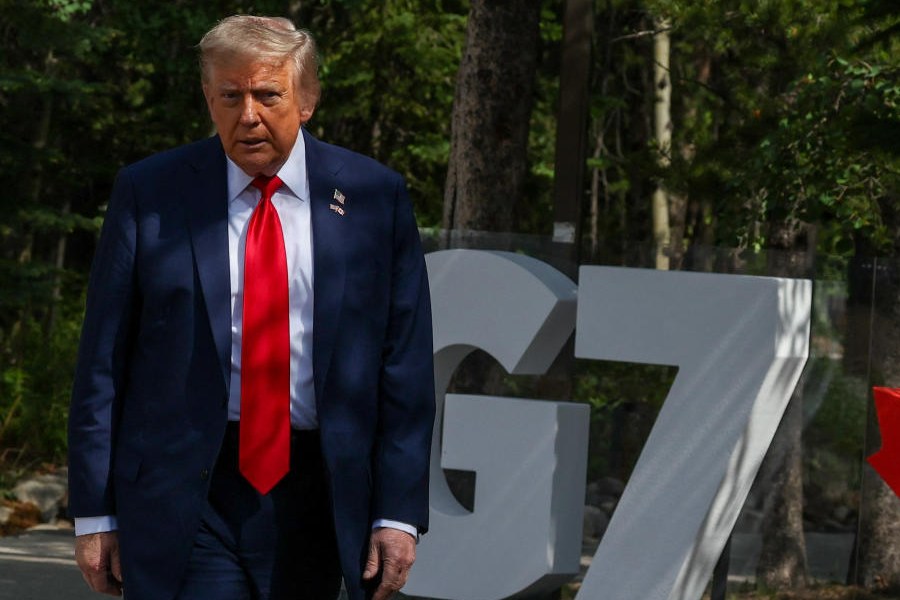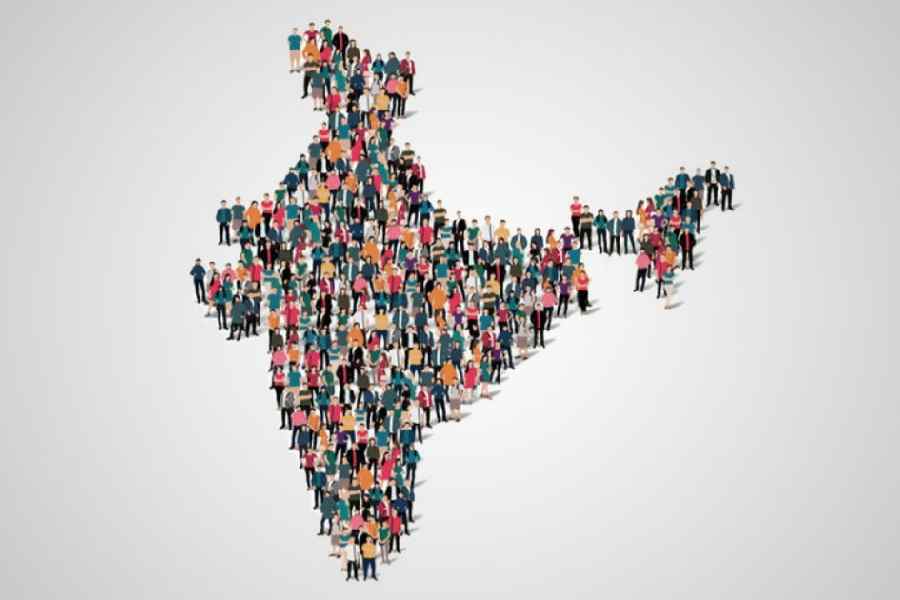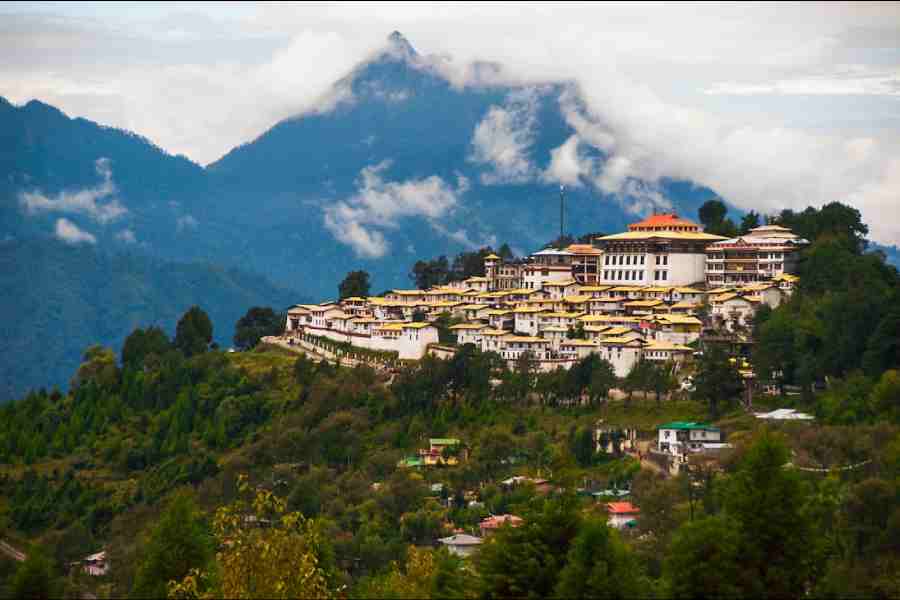|
|
| Notes made easy |
A Study of Tabla
By Samir Chatterjee,
Chhandayan, $ 100
Shruti: A listener?s Guide to Hindustani Music
By Sandeep Bagchee,
Rupa, Rs 395
If music be the arithmetic of sounds ? as Claude Debussy put it ? then Samir Chatterjee and Sandeep Bagchee are good teachers. Chatterjee?s study of the tabla is targeted at students of this Indian percussion instrument ? particularly those who may not be so lucky as to actually learn the ropes from a guru. Bagchee, on the other hand, prefers to guide listeners ? Indians and foreigners ? who are drawn to Hindustani classical music but have scant knowledge of its roots and technicalities.
Quite a number of listeners of Indian classical music can appreciate the sounds, but not much else. Many try to painstakingly read reviews of concerts, in the hope of gathering scraps of knowledge. But with critics bent on flaunting their erudition and peppering their write-ups with terms like tukda, bol-baant, murki, avachar, thapiya, rela, what readers gather are, at best, pieces of an unknown jigsaw puzzle. Unlike Western classical music, Indian classical music is not very rich in written material. For the slightly perplexed music-lovers in search of the tools to understand, Chatterjee and Bagchee are of much help.
Coming back to arithmetic, Chatterjee explains: ?Slicing a pizza pie into two equal portions is much easier than creating three equal slices out of it. In the same way der goon (1? time),...or any subdivision with uneven numbers can be far more difficult than creating subdivisions of even numbers.? But not only are such divisions common in Indian classical music, there are also smaller ones like poune (?looking at a beat as three quarters of what it actually is?) and sawa (1? time).? And the Indian classical vocalist, musician or tabaliya does all of that and more without so much as a written word in front of them. The sadhana of the Indian classical artist sees as its end the ability to paint a complete and nuanced picture of a raga without having to follow a rigid structure of notes and beats. A novice starts with written notations, and with riyaaz, is able to improvise his own taans and vistaars, permuting and combining the notes integral to a raga.
Evidently then, each singer or musician has a unique style. Then how are a group of musicians and vocalists held together under the umbrella of a gharana? Bagchee explains it thus: ?In the traditional system of oral learning, called guru-shishya parampara, the disciples became a part of the teacher?s household. Thus, there were families of musicians who adopted or developed a particular tradition of voice culture, a preference for certain raga-s and tal-s, and an overall aesthetic of presentation. It is these features that came to be associated with specific gharana-s, and individual artists could thus be identified in terms of these specialized features.?
Bagchee also uses two easily available recordings of Shuddha Kalyan ? by the Kirana gharana legend, Bhimsen Joshi, and Mewati gharana?s Sanjeev Abhayankar ? to show the ?differences in presentational styles [partly individual, and partly owing to the stylistic traditions inherited from one?s guru] and overall effect?.
With proper training of the ear, gharanas are quite possible to distinguish. For instance, a salient feature of the Kirana gharana is the note-by-note development of the bandish, while the Gwalior gharana singers use akar in slow tempo ? known as behlava ? for the initial expansion of a raga. But knowing one tabaliya from another as belonging to two different gharanas must be truly difficult. Chatterjee outlines some of the distinctive styles of the tabla gharanas (for example, the Delhi gharana emphasizes the use of the middle and forefingers), but pays more attention to listing the tabaliyas belonging to each.
Both writers have invested much energy on the technical side of things. The giant?s share of Chatterjee?s work, in fact, is taken up by the explication of the various taals, thekas, variations in rhythm and so on. Along with the instructional DVD given free with the book, the package comes very close to the perfect guide to tabla-playing that students of the instrument have never had. But the author also means to place the learner of the tabla ? in case he happens to take the help of this book ? within the great tradition of tabla-playing. Hence the biographical notes on a hundred tabla players, both past and present. Given the lack of attention paid to recording the history of Indian classical music and musicians, even the brief notes on tabaliyas like Nanhe Khan and Baldev Sahai will serve as records for posterity. The author does not get into the question of the tabaliya being the ?inferior? performer vis-?-vis the singer or instrumentalist, but had it not been for the almost-public spat between Ravi Shankar and Zakir Hussain recently, most would have believed that the tabaliya and the vocalist or sarodiya made a picture of perfect harmony.
Being aimed at listeners rather than learners or performers, Bagchee had to use minimum jargon, taking care to explain them when he did. Giving detailed diagrams of the string instruments was a good idea. But one of the serious shortcomings of the book is noticed in the discussions of the ragas. They fall far short of expectation, in that they do not explore the realm of feelings of the listener. Bagchee?s description of the mood of Bhairav as ?serious,... with devotion and peace predominating among its various emotional qualities? is almost pedestrian. The discography at the end serves a more important purpose, filling in the gaps in the documentation of Indian classical music. It is difficult to say, however, whether the list is exhaustive.
Chatterjee teaches the tabla and performs in India and abroad. Bagchee is a retired IAS officer. Both could have done without expending their energies on researching for and writing the two books (though Bagchee has another book on Indian classical music under his belt). With more people like Bagchee and Chatterjee ready to take up the pen, there may finally emerge a history of Hindustani classical music and its exponents.











